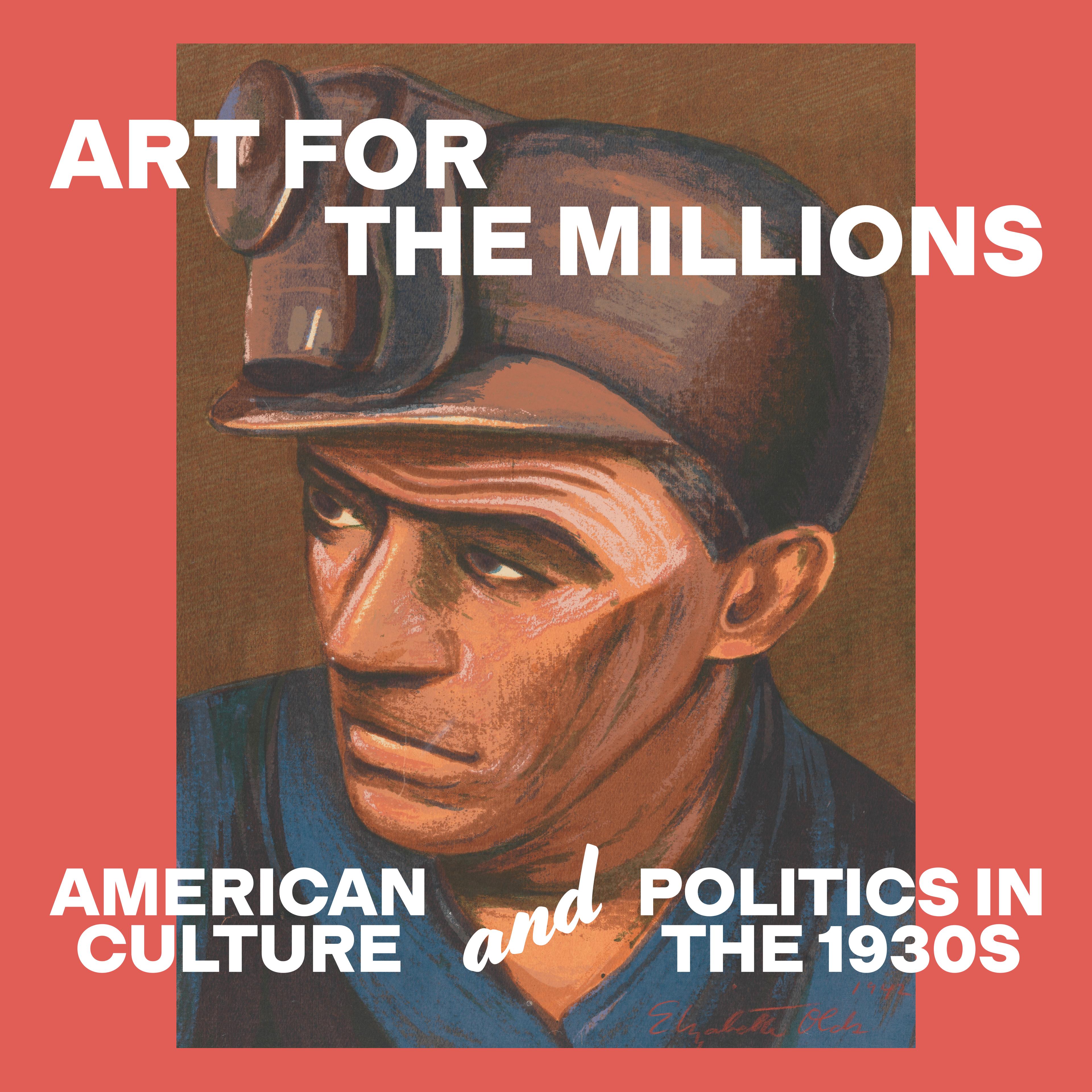The 1930s was a decade of political and social upheaval in the United States, and the art and visual culture of the time reflected the unsettled environment. Americans searched for their cultural identity during the Great Depression, a period marked by divisive politics, threats to democracy, and intensified social activism, including a powerful labor movement. Featuring more than 100 works from The Met collection and several lenders, this exhibition explores how artists expressed political messages and ideologies through a range of media, from paintings, sculptures, prints, and photographs to film, dance, decorative arts, fashion, and ephemera.
Highlights include paintings by Georgia O’Keeffe, Charles Sheeler, and Stuart Davis; prints by Elizabeth Olds, Dox Thrash, and Riva Helfond; photographs by Walker Evans and Dorothea Lange; footage of Martha Graham’s dance Frontier; and more, providing an unprecedented overview of the era’s sociopolitical landscape.
Accompanied by a catalogue.
The exhibition is made possible by the Horace W. Goldsmith Foundation and The Schiff Foundation.
The catalogue is made possible by the Diane W. and James E. Burke Fund.
Exhibition Objects
Press the down key to skip to the last item.
Latest Review
The show embraces the multiplicity of American identity in the 1930s
Exhibition Catalog
Exhibition Catalogue
This insightful title reveals how American art in the 1930s—intertwined with the political, social, and economic tumult of an era not so unlike our own—engaged with the public amid global upheaval.
